Windows Phone Is Dead! Deal With It!
I once had a great belief that Windows Phone could be the 3rd player in this Android and iOS dominant smartphone world, but the reality is that it just can’t, won’t and in some ways refuses to be. This conclusion came to me once they decided to remove the rest of the Nokia division and officially mark it as the biggest failed purchase in the history of Microsoft.
I’ve been a Windows Phone users both exclusively with the HTC Trophy and as a secondary device using the Lumia 1020, Lumia Icon, Lumia 830 and most recently the Lumia 950 (Although this is technically Windows 10 Mobile device I will get more into that later.) I loved and still love a lot of features of Windows Phone and the Metro/Modern UI is one of the unique looking and refreshing user interfaces available. It does a lot of things better than it’s competition in Android and iOS.
So you can see that I used Windows Phone as not only a tech reviewer but also personal use. With that said I can give you four reasons Windows Phone Is Dead and Gone.
A lot of this is based on items that I mentioned before about what many people wanted to see after Microsoft purchased Nokia. Sadly they didn’t do most of it, and that’s why we are where we are at today. Let’s go over the best ways you can kill a mobile platform chances at success.
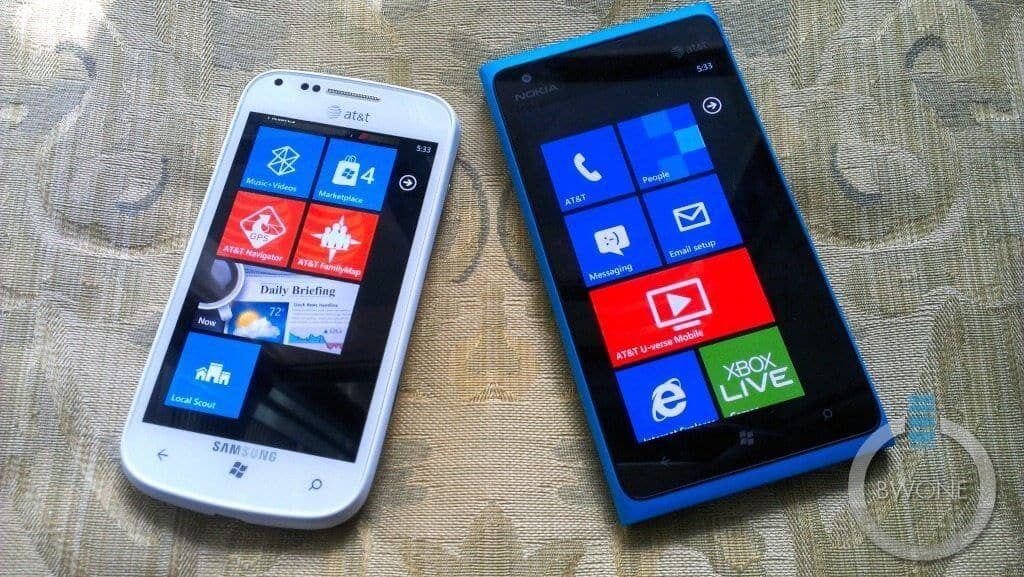
1. If The Hardware Ain’t There, The Fight Won’t Be Fair
From nearly the beginning Windows Phone was always behind in the hardware department. From processors, screens, ram size, storage size, cameras (although they ended up blowing past everyone here eventually), Windows Phone hardware always seemed to lag behind the competition. Their excuse was mostly stating that the OS didn’t need as many resources to run, and indeed that was true, but it wasn’t a great reason to stay behind. We wanted Microsoft to step it up and do it fast, but and do it fast. But as usual they dragged their feet
We didn’t start seeing dual/quad core processors 2GB+ ram or HD to QHD displays until the competition had them for at least 2-3 years. Faster hardware doesn’t always mean it’s a better phone but when you’re competing against Android and iOS, and they are using that as one of the selling points, you need to step up, or you’re going to flounder, and that’s what they did, they floundered. Although they picked up some fans with the refreshing and clean feel of Windows Phone and then called Metro UI., in the beginning, hoping that more would come. They did see some success with low-end hardware when it came to emerging markets in later years, but that’s not going to keep your platform afloat. You need to have the major markets using your platform as well.
They did leap past the competition when it came to cameras with the partnership they made with Nokia starting in 2011, and we got some of the best cameras on a smartphone especially with the Lumia 1020 and Lumia Icon. But while cameras are an essential point of a phone they are not the top selling point for most people, and Microsoft and Nokia learned the hard way with push cameras as the main selling point. It just didn’t work like they wanted.
It also didn’t help that it was only Nokia making Windows Phones, in particular on the high-end. LG, Samsung and HTC did make a high-end Windows Phone, but they usually lacked behind the Nokia because companies didn’t want to invest a ton of money into creating a phone with a small user base. Samsung put in the most effort with phones like the Samsung ATIV, which was usually a variety of that year’s Galaxy phone. Even in the mid-range, it was tough to find anyone making a Windows Phone outside of BLU and ZTE. Cell phone makers just didn’t want to put much into it.
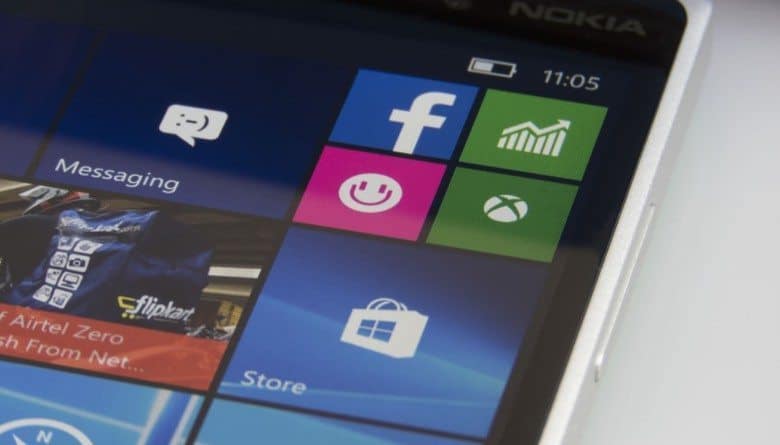
2. The App Gap Kills But Not As Bad A Services
This topic has been talked about ad nauseam so that I won’t go too deep into this, but seriously the lack of apps has become astonishing. While I can mention games that are still not on Windows Phone or apps like Instagram, Facebook, Snapchat, Whatsapp and other social networking and messaging platforms that either was never created or were pretty half ass attempts and a shell of the app that it was on other platforms. And yes we did get some excellent 3rd party developers make some great apps like Rudy Huyn and 6Tag for Instagram, but I’m not going to put this as the critical issue.
The bigger issue or rather missing apps were missing services coming from Google. When Microsoft and Google had their spat over the YouTube app Microsoft made for Windows Phone, and it was ending badly, it cut Windows Phone off from some of the most used mobile and internet services used today. While Microsoft makes an excellent email client, it’s not Gmail which many love the look and feel of and want that same look and feel on the go. Hangouts is a widely used messaging platform, and there is no app provided by Google for it on Windows Phone. YouTube is one of the biggest services used, and there is no official Google Windows Phone App for it. There are a ton of people who love to use Google Maps, and while Nokia/Microsoft makes a great maps and navigation solution, there are a lot who are dedicated to Google Maps, and there isn’t an official Windows Phone app for it.
Theses are just a few examples of many more services and yes a lot of them do compete with Microsoft’s services, but there are a lot of these services that compete with Apple, and there are iOS versions of the apps I mentioned and many others Google services. It would have been better for Microsoft to play nice here to get users into Windows Phone and then see if you can make them switch to your services once they have had a taste of your platform.
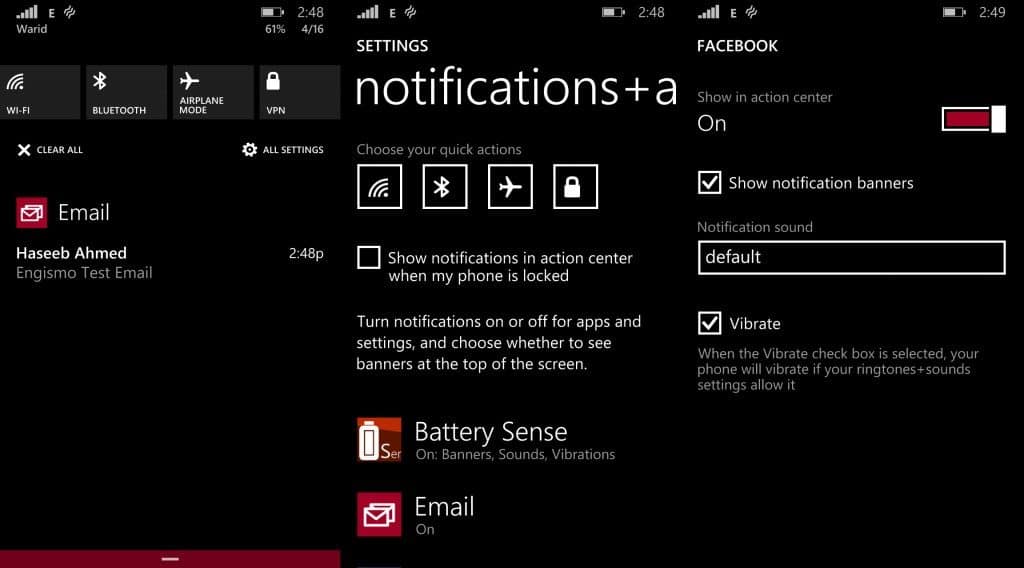
3. Always Behind On Big Features
I never understood why it took Microsoft so long to include key features that the competition had in place that became commonplace for smartphones. Now I’m not looking at them to make direct copies of what’s out there, but they need to have their interpretation of the feature and get it done promptly. To give you one example and a big one was the lack of a notification center. It wasn’t until Windows 8.1 that we finally saw the feature come out. It should have never taken this long to get this feature out. Things like this keep people from having faith in your platform keeping updated with what’s new and proven to be useful. While a techie is going to keep up with the news on new features, all a casual users have to hear is the feature isn’t there before the look to a phone that has it as the better option.
Now I know you’re about to say “What about Continuum!” And Yes I think that is one of the best features that no other platform has right now. However, its execution in great need of work as they don’t will heavily rely on developers to create Windows Store Apps, which they are not doing now.
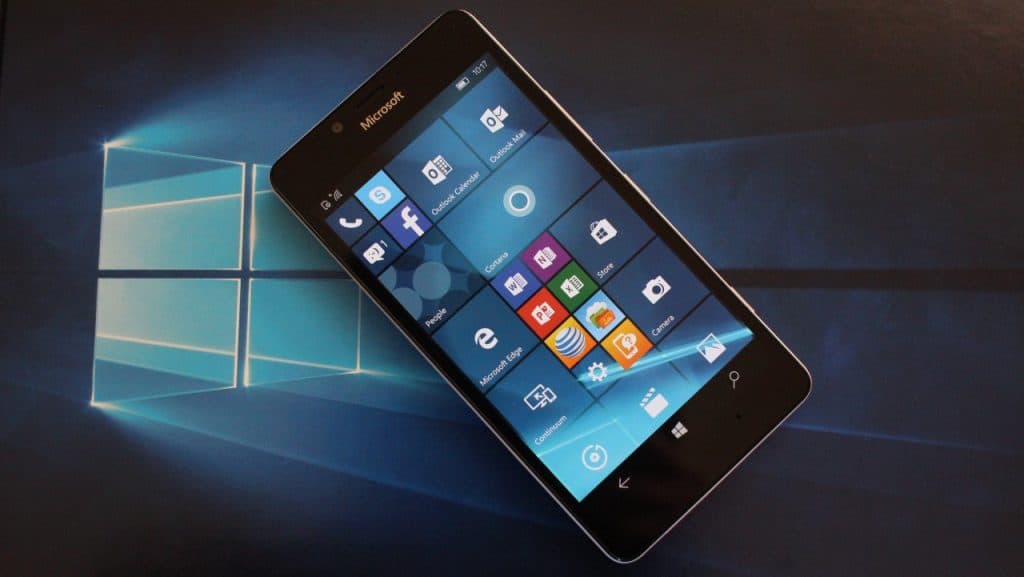
4. They already killed Windows Phone With Windows 10 Mobile
This past March Microsoft started rolling out Windows 10 Mobile to many compatible devices. The list is pretty long, and many older devices are expected to receive some of Windows 10 Mobile later on in the year. This push signaled the end of Windows Phone as Windows 10 Mobile is their push for “One OS to Rule Them All.” Microsoft is pushing heavy to bring users the same experience no matter what device they are using and hoping that developers will like this idea and want to create one app that will work across all. They eventually want users just to see Windows regardless if it’s a phone, tablet, hybrid, laptop or desktop. I can see them dropping the mobile from the name in the future. It’s a bold move and something Microsoft has to go all in on to accomplish this which means they need to kill Windows Phone in the process. Not that this was too hard of death when the platform has been on life support for as long as it has been.
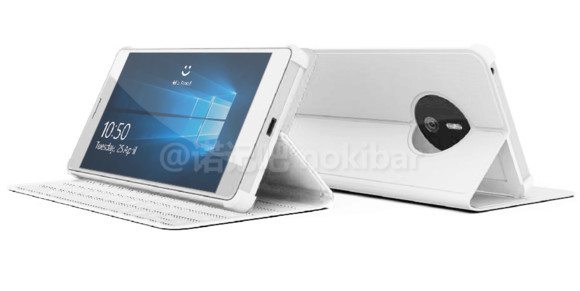
It’s THE LAST CHANCE
I don’t know how many times I’ve said this, but I believe now it’s the last chance for Microsoft to make any splash with their mobile platform. It looks like they are finally making the Surface Phone that I wanted them to do nearly a year ago. The Surface Phone is their one last chance to gain some interest in the Windows on mobile devices.
While some are calling for Microsoft to flat out use Android and make the Amazon move and create their OS and App store based on Android as we see with the Amazon App Store and Fire OS, and while Todd Haselton from Technobuffalo and I share the same point of Windows Phone being dead, I don’t entirely agree with them jumping to Android as their mobile OS offering. Doing this would undermine their mission of Windows 10, which as I mentioned before is “One OS to Rule Them All.”
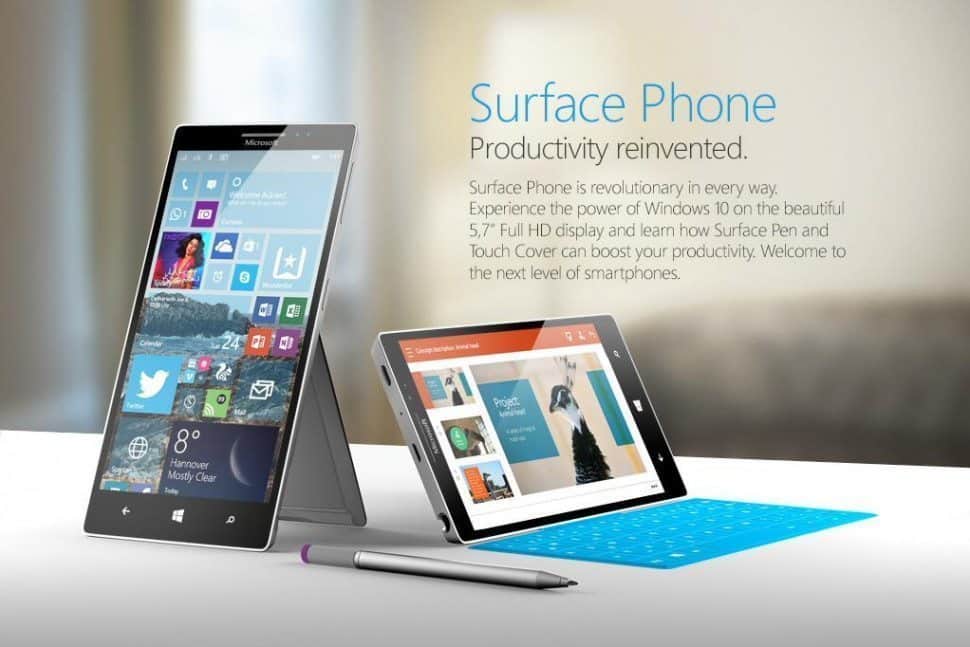
The Consistency At Being Inconsistent Has To Stop Now
I believe what Microsoft needs to be clear and consistent on what they want to do here in mobile. If its apps and services, then communicate that clearly and let consumers know that’s what you are going to bring to the table. If it’s hardware, then make the same four-year commitment that you’ve done with the Surface line and the near 15 years you’ve put into the Xbox franchise. Those are both doing well because you put time, energy and most importantly consistency into them. I hope with Windows 10 Mobile and the Surface Phone you finally start to do the same there.
Image Sources: Engismo, Paul Thurrott, WinBeta, MobiPicker



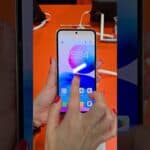







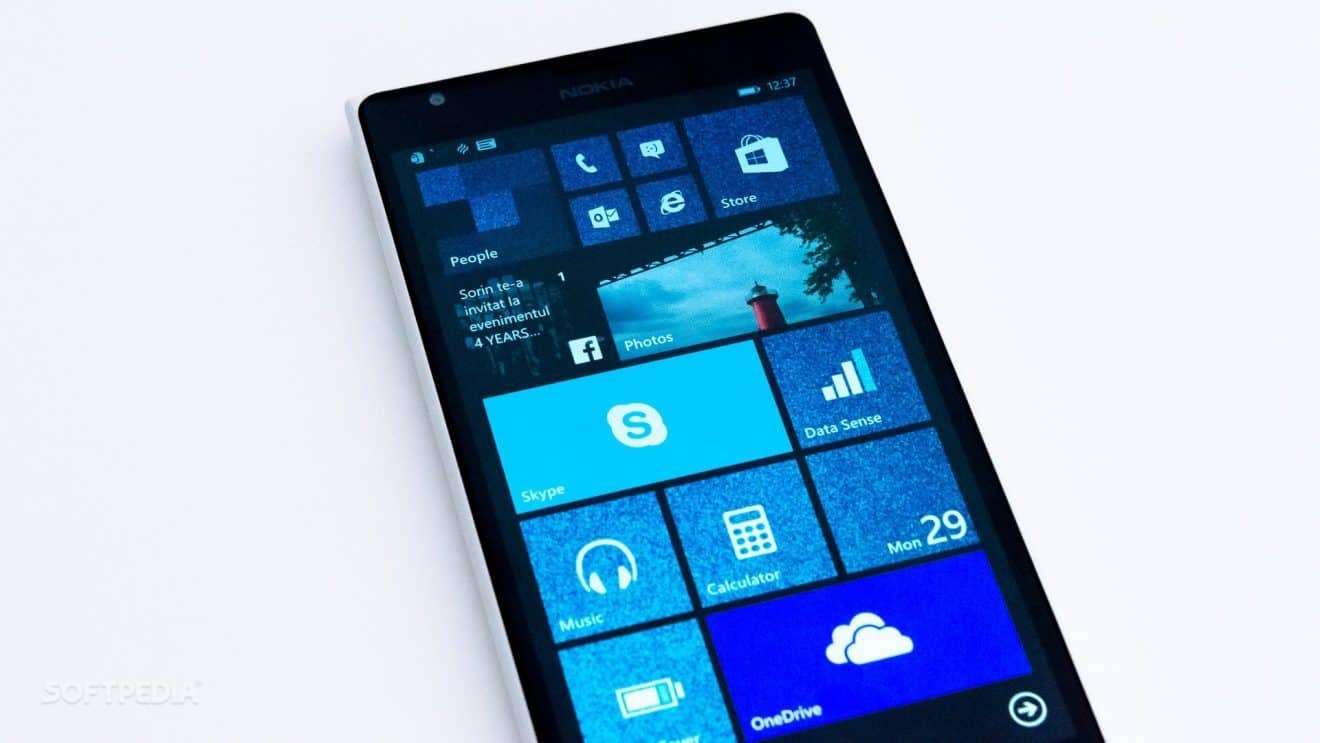



Comments